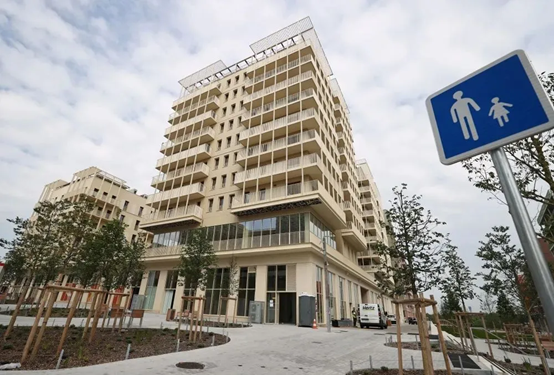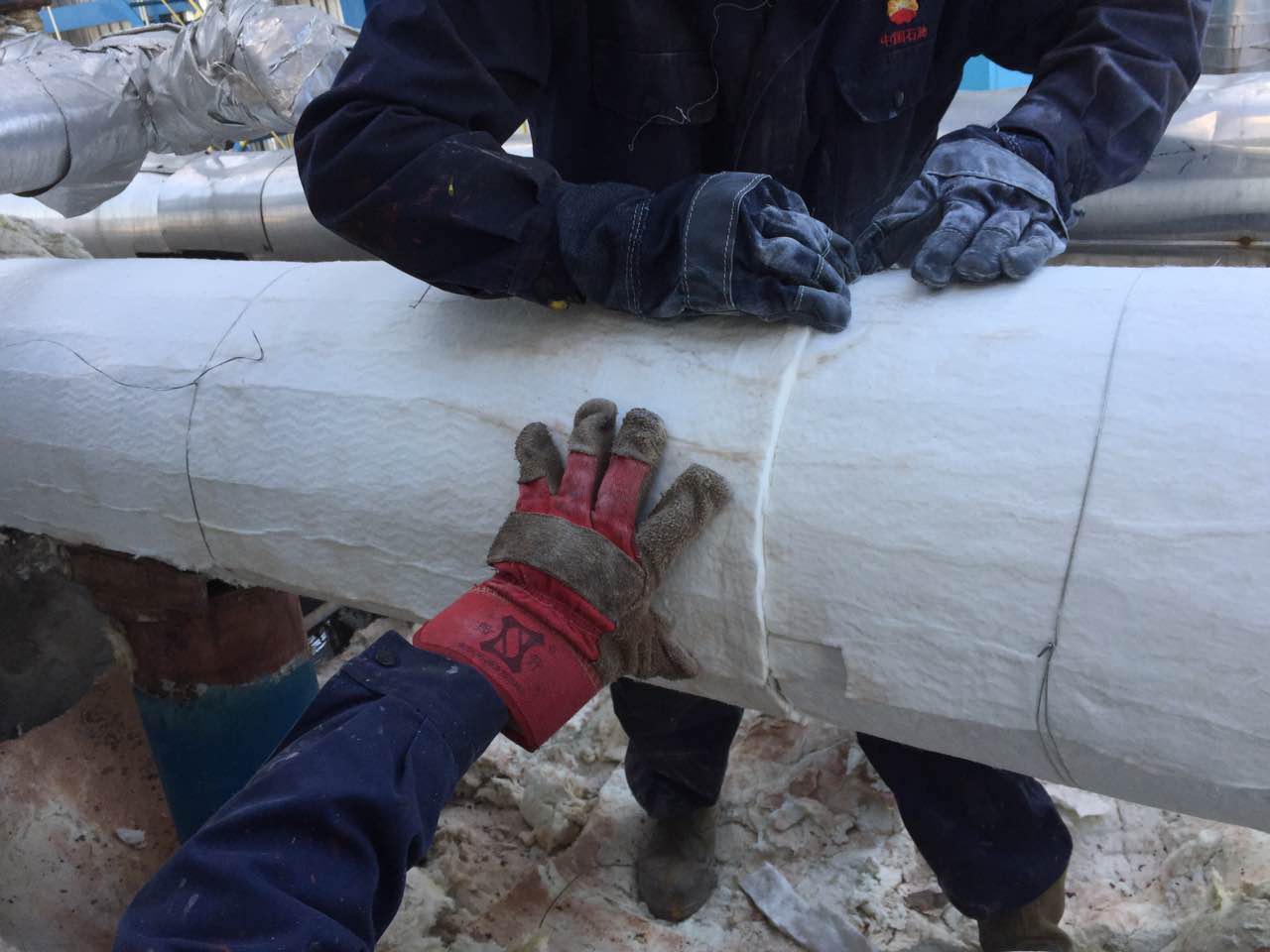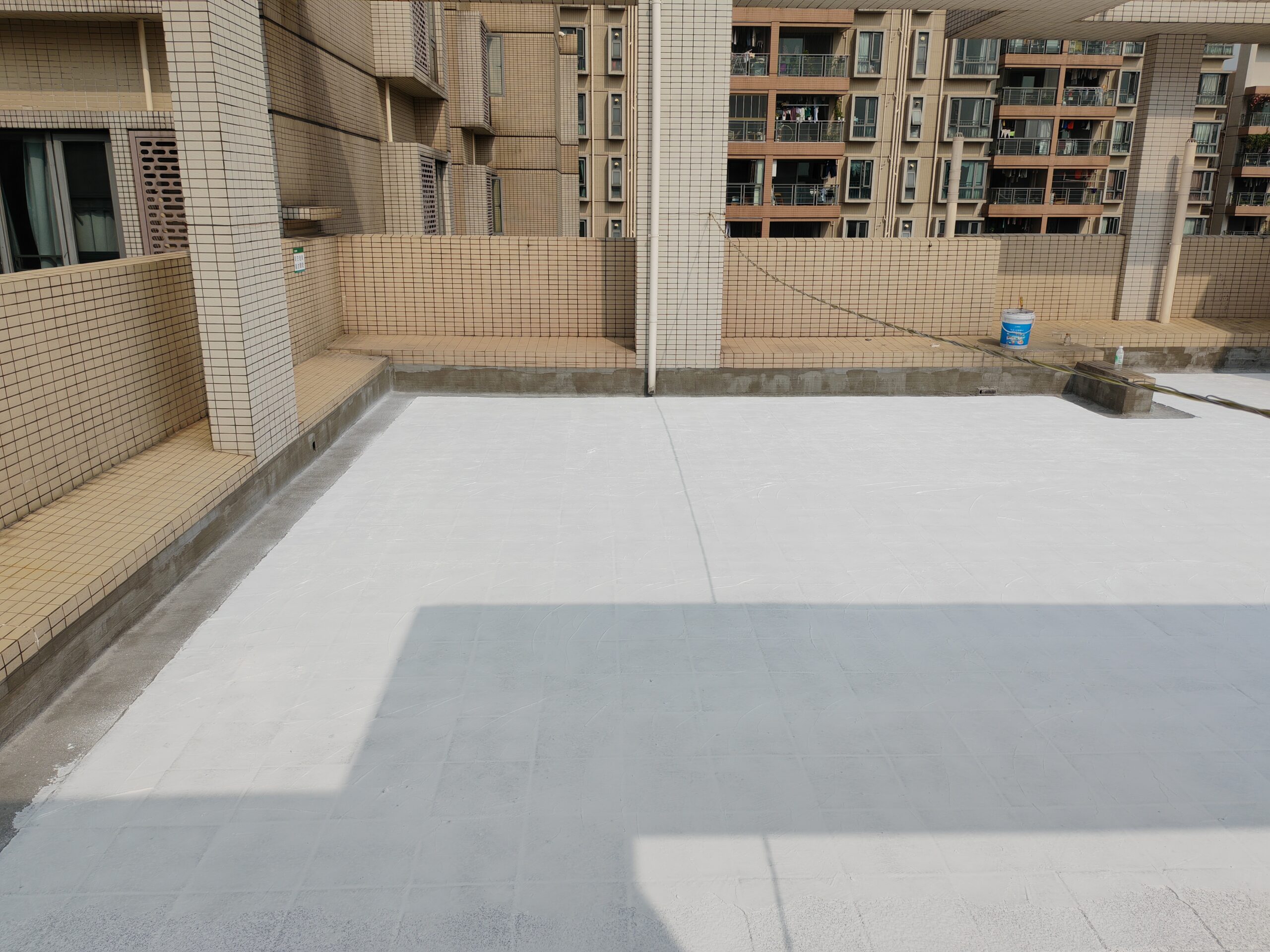On July 27, 2024, the opening ceremony of the 33rd Summer Olympic Games was held in Paris, France. When the Olympic flame is lit again in Paris, it will not only light up the stage for the world’s top athletes, but also light up a promising path to a sustainable future.

(Paris Olympic Games Opening Ceremony Source: CCTV News)
The 2024 Olympic Games in Paris is moving in a green, environmentally friendly and sustainable direction. Organizers will try to limit their impact on climate change by offsetting excess emissions from the Games, making them the first carbon-neutral Games in modern history. Tony Estanguet, president of the Paris Organizing committee, said the goal was to reduce the carbon footprint of the Games by 50 percent compared to previous editions. Environmental protection measures have also penetrated into all aspects of clothing, food, housing and transportation.
Sustainable Transformation of the Olympic Village
To achieve the goal of halving carbon emissions, the Olympic village is of course a top priority. The Olympic Village is mainly constructed of wood and low-carbon cement. All buildings are less than 20 meters high. The exterior walls, structure and floors are usually made of wood and the light-colored floor tiles laid outside enhance light reflection and avoid the heat island effect. There are long and straight openings between the buildings leading to the Seine River, forming air passages. An underground cooling system is used to pump cold water into the apartment, allowing the indoor and outdoor temperature differences of “6 ° C to 10 ° C”, in addition to one-third of the roof has a garden to reduce the indoor temperature.

(Architecture of Olympic Village and Paralympic Village in Paris Source: China news)
It is reported that the Paris Olympic Games for the first time achieved 100% use of renewable electricity, such as solar, wind and so on, abolishing diesel power generation, reducing dependence on fossil fuels. This initiative will significantly reduce carbon emissions, while also demonstrating the potential of renewable energy for large-scale events.

(Source: Olympic official website)
A Transportation Revolution for Green and Low-carbon Travel
For the first time, the Paris Olympic Games set up a “carbon budget”, limiting the carbon emissions of the entire event to no more than 1.58 million tons of carbon dioxide equivalent, demonstrating its strong commitment to environmental protection and practical actions.
In order to allow more people to achieve “green travel”, the Ile-de-France region, where Paris is located, has built 400 kilometers of new Olympic bike lanes for the Games, equipped with 46,000 shared bicycles and deployed 27,000 bicycle parking Spaces to achieve the goal of “100 percent biking. Among them, 10,000 parking Spaces and some bike lanes will be permanently retained as a long-term contribution to energy conservation and carbon reduction as a legacy of the Olympic Games. In order to reduce carbon scientifically, the Paris Organizing Committee, the French Ministry of Sport and the Olympic Committee have jointly developed an app called “Climate Coach”, which estimates the carbon emissions of the Olympic Committee staff and other program users from food, accommodation, transportation, logistics and other aspects, and provides them with practical measures to reduce emissions.

(The actual carbon emissions of the Paris Olympic Games are expected to be 1.58 million tons of CO2 equivalent Source: Paris Olympic website)
In terms of transport vehicles, the organizers have also elevated the fleet of electric, hybrid and hydrogen-powered vehicles to a more prominent position.

(A Toyota hydrogen truck drives through Paris Source: hydrogen today)
The Games used existing venues
Hosting the Olympics in the past has typically involved huge spending on new venues, but 95 per cent of events in Paris this year will be held in existing facilities or temporary infrastructure
On the Seine River, a floating solar power station is eye-catching, allowing the Seine River to provide renewable energy for the Olympic Games, to meet the requirements of the Olympic marathon swimming and triathlon. After the Paris Games, the Seine will also be restored as a place for sports and leisure activities, and by the summer of 2025, it will become an “open-air swimming pool” open to the public.

(Seine River open opening ceremony schematic Source: Paris Olympic Games official website)
The Green Storm Inside the Stadium
Inside the venue, the romantic dark purple track not only shows “French romance”, but it is also worth mentioning that the composition of the new track includes synthetic rubber, natural rubber, mineral ingredients, pigments and additives, of which about 50% are made of recycled or renewable materials.

(Mondo factory production of Paris Olympic Games track Source: Mondo)
In order to further reduce carbon emissions and protect the environment, some stadiums of the Paris Olympic Games will install about 11,000 eco-friendly seats, and use eco-friendly seats made from recycled HDPE, which will consume about 100 metric tons of waste plastic.

(Source: CCTV Finance)
Food and Beverage Environmental Protection Promotes Green Food Consumption
By reducing the use of single-use plastics, offering plant-based, low-carbon dining options, and using local, seasonal ingredients, the Paris Games have demonstrated how major events can reduce their environmental impact through sustainable dining while raising public awareness of sustainable eating.
At the same time, build fountains that can provide drinking water and provide reusable cups to reduce the use of single-use plastic. Spectators carrying plastic bottles will not be allowed to enter the venue.
Olympic sponsor Coca-Cola USA will provide reusable glass bottles, and 700 water fountains and soda nozzles will be installed throughout the spectator area and the athletes’ village. Refreshments are also served in reusable cups. The organizing committee of the National Marathon during the Olympics is providing participants with reusable cups, a measure that is expected to reduce the use of 400,000 plastic bottles.

(Glass bottle drink Source: Coca-Cola)
China’s First Carbon-neutral Medal Suit has been Unveiled
The clothing of the Chinese sports delegation is also in line with the low-carbon concept. The equipment design of the Chinese delegation to accept the award integrates traditional Chinese cultural elements and modern technology, which is the perfect combination of culture and green and low-carbon. Moreover, environmentally friendly fabrics such as recycled nylon and recycled polyester are used in the production process, achieving a carbon reduction of more than 50%. This not only demonstrates China’s commitment to environmental protection, but also adds a touch of green to the podium for Chinese athletes and is China’s first carbon-neutral Olympic medal collection equipment certified by an authoritative body.

(Chinese Sports delegation award equipment Source: Anta)
Around the world, more and more sports events have begun to incorporate environmental protection concepts and jointly contribute to the sustainable development of the planet. From the “zero waste” goal of the Tokyo Olympic Games to the “green Olympics” concept of the Paris Olympic Games, we have witnessed the firm steps and unremitting efforts of the sports industry on the road of environmental protection. These practices not only set an example for future large-scale sports events, but also inject new impetus and vitality into global green and low-carbon.



